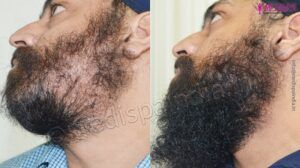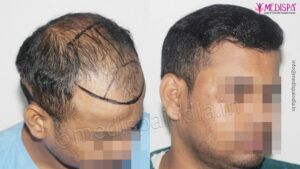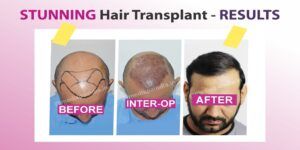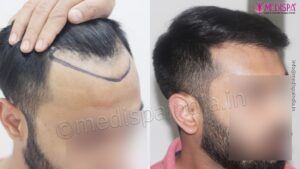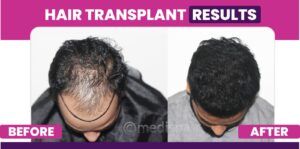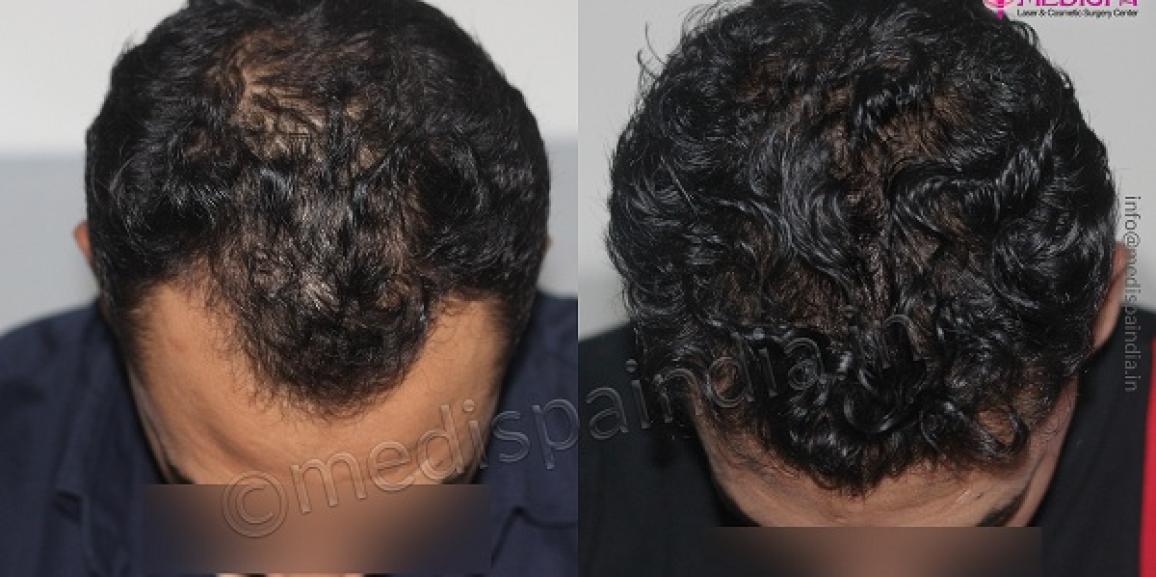
The majority of people who have hair loss struggle with whether or not to undergo hair transplant operations because they are appalled by the plugged-looking hairs that were the reality of hair transplant in the past while utilising inefficient techniques. The past of hair transplant was not that successful because the primitive methods were not that efficient in terms of natural looking outcomes.
The world of today is much better, and hair transplantation has advanced significantly, producing results that seem permanent and natural. However, there are drawbacks to hair transplantation as well, which is something that is expected. The operation is becoming more and more popular, and clinics are springing up everywhere. Competition is at its pinnacle due to increased availability, which has significantly lowered process costs. The worst thing is that as healthcare costs are declining, the quality of care is also declining, which is having a detrimental impact on the success of hair transplants.
What is hair transplant?
A precise cosmetic treatment called hair transplant surgery involves moving hair follicles from balding regions to locations with better hair density. This treatment is not regenerative; it is only restorative.
The foundation of hair transplantation is the observation that all of the scalp’s hair follicles are DHT resistant and unaffected by hair loss. The hairs from the front and vertex or centre, which are DHT sensitive, experience thinning and miniaturisation followed by hair loss, make up the majority of the balding areas. Even while a hair transplant technique can produce pleasing results, a head full of hairs is still impossible. A hair transplant can effectively replace 30% of the lost hair follicles since each follicle needs its own blood supply in order to receive nutrition. Although it is a restorative technique and cannot fully cover complete heads, it is the best and only long-lasting remedy available.
FUT or FUE: which one to choose?
There are 2 conventional hair transplant techniques:
- FUT (Follicular unit transplantation or strip technique)
- FUE (Follicular unit extraction)
These methods differ from one another based on the various graft harvesting methods. FUT involves taking a small strip of tissue from a donor location that has been chosen based on the amount of hair present, and sending it to a chamber where individual grafts are separated out. Afterward, these dissected grafts are implanted in the suitably created slits at the recipient’s bald region. On the other hand, the FUE hair transplant method uses individual extraction of hair follicular grafts from the donor area on the scalp, which are then implanted in the slits produced at the implantation site.
These procedures are selected for each patient based on a variety of factors, including age, gender, the number of follicular grafts needed, the size of the balding area, and the amount and quality of hair follicles in the donor area.
When more than 3000–3500 follicular grafts are needed, the FUT procedure is the recommended method. For instance, the FUE hair transplant method is employed when less than 2000–2500 follicular grafts are needed. When each technique appears to be unable to produce the necessary number of grafts, a combination of FUT and FUE is used, which, in contrast to either technique used alone, may effectively produce more than 4000 grafts in a single session.
Is hair transplant the best solution of male pattern baldness?
As the only surgery that provides a permanent and natural result, hair transplantation is unquestionably an excellent idea. Yes, if the treatment is carried out by skilled hands or a skilled surgeon, the outstanding results are attainable.
The following are only a few of the data that support the claim that hair transplantation is the best option:
- Hair transplants produce lasting results because they transfer DHT-resistant hair follicles to the recipient’s bald region, where they remain for life.
- Hair transplant gives invisible, natural results that are not noticeable to others.
- Hair transplants provide long-term advantages because, in situations of increasing hair loss or severe baldness, the hair follicles may be retained for subsequent sittings.
- Hair transplant operations can help you regain your confidence, which will improve your social, professional, and personal relationships.
- Hair transplantation is a minimally invasive treatment with very little risk of immediate problems and no known morbidity.
“Medispa centres” for hair transplant in Jaipur and Delhi are pioneers in treating hair transplant procedures and has performed thousands of successful cases. We have effectively produced pleasing cosmetic results, which has elevated us to the status of one of India’s top hair transplant clinics. To reduce risks and problems, we adhere to the highest safety, hygiene, and facility requirements. Hair transplant specialist Dr. Suneet Soni is renowned for his superb surgical abilities and creative eye. He has over 15 years of expertise and has completed over 5000 hair transplant operations. We offer the best services at reasonable and Delhi.

